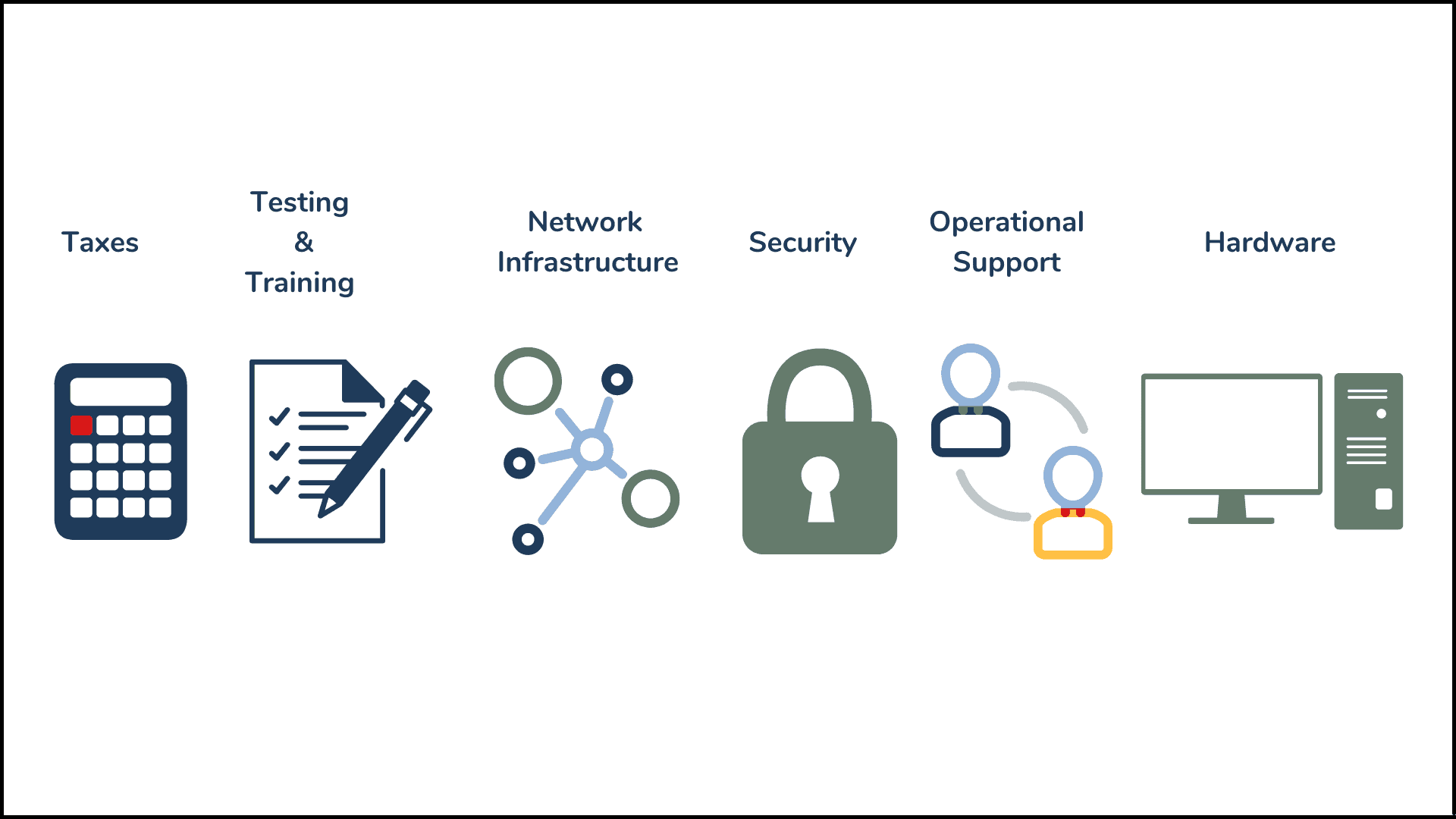Debt can come in many forms, but in any context, it is typically not a good thing to have. Technical debt is an often misunderstood term that refers to the consequences of making short-term decisions when it comes to software and IT. It’s not just financial debt; it’s the overall cost to your business from cutting corners or failing to plan. And no matter what, you will have to pay.
What causes technical debt?
Technical debt can occur when:
- A company purchases tools as a short-term solution that are not sustainable in the long term.
- A tool is over-designed or over-customized, which makes it difficult to support.
- A company scales too quickly and buys many tools that overlap in functionality.
- A software tool is purchased, used for a few months, and then shelved and forgotten about.
Why do companies fall into these traps?
One word: speed. In pursuit of speedy results, leadership may cut corners in the present, which leads to more time and money spent fixing problems in the future. This creates technical debt.
The Impact of the Pandemic on Technical Debt
The COVID-19 pandemic led to an unprecedented surge in technical debt. Companies were forced to quickly adapt to remote work, and this led to rushed decisions that created technical debt, such as:
- Ignoring cloud security protocols to get users up and running at home, leading to future security breaches.
- Just signing up for the incumbent provider’s UC solution instead of comparing other vendors.
- Purchasing too many software tools for work-from-home employees in the hopes that one of them would work.
- Continuing to pay for site-specific solutions even after it was clear that COVID-19 was here to stay.
How to Pay Off Technical Debt
If you have incurred technical debt by moving too fast, the best way to pay it off is to slow down. You can and should take the time to:
- Build comprehensive and holistic TCO models for your tools.
- Gather data on what tools are being used and what tools are gathering digital dust.
- Analyze support tickets to understand where your team is spending most of its time.
- Review additional vendor solutions for expensive or integral business solutions.
However, this can be a tiresome and time-consuming process, especially when you’re already using more time than you’d like to pay off technical debt. A trusted third party can help you save time by pinpointing technical debt and giving you a plan to eliminate it.
Understanding technical debt and taking steps to avoid it is essential for any business that wants to thrive in the long term. CXponent can help you assess your current technical debt and help create and manage the plan to get out of it.
Interested in learning more? Set up a call with us today for a free consultation and receive a personalized report outlining the best path forward for your organization.


.png)



